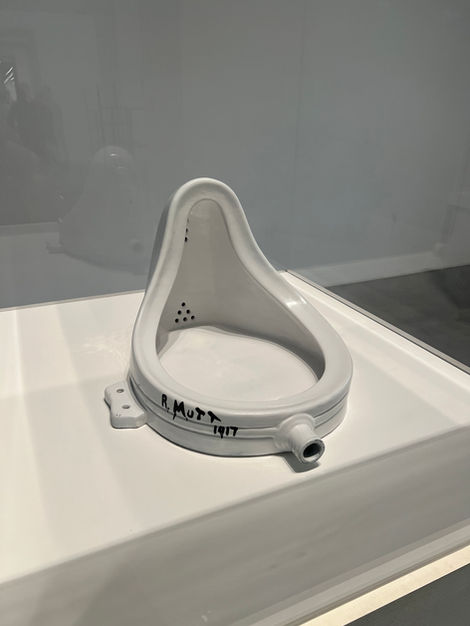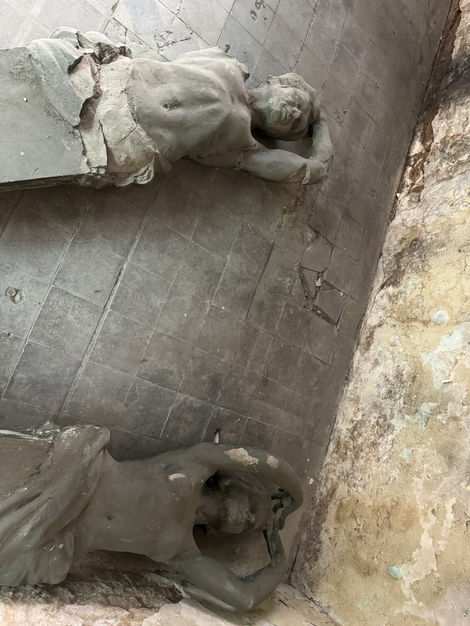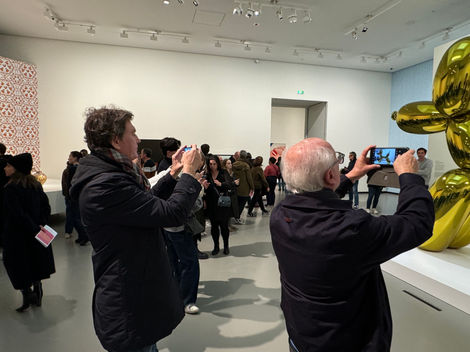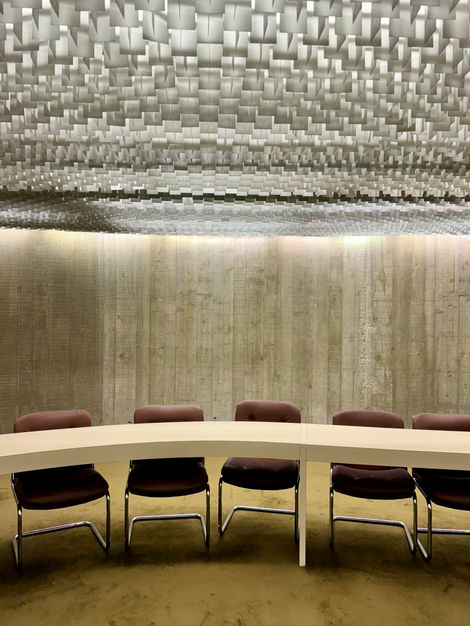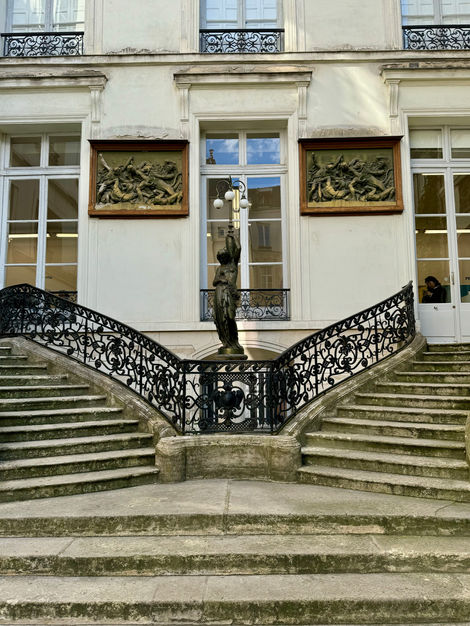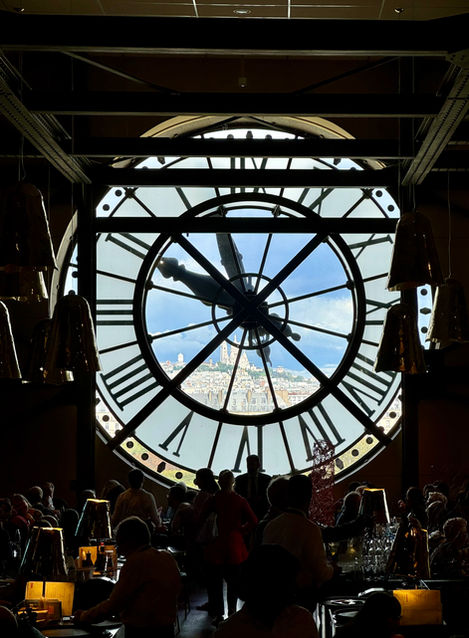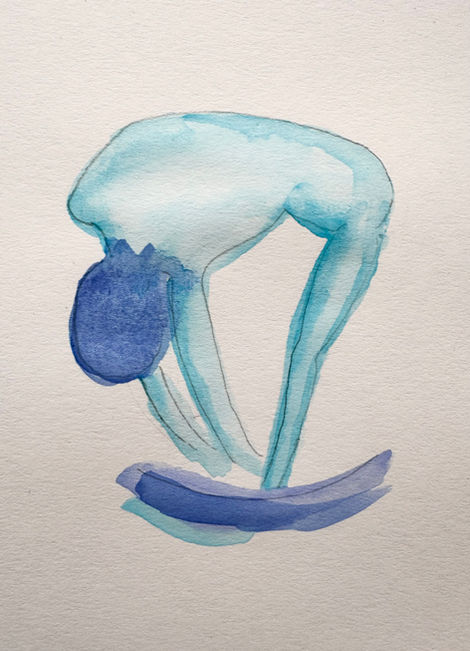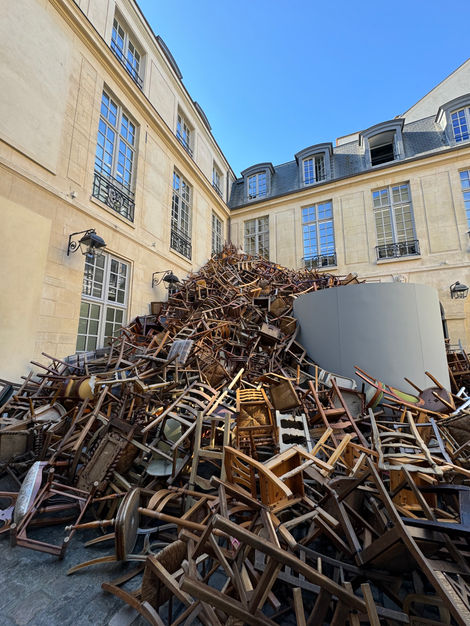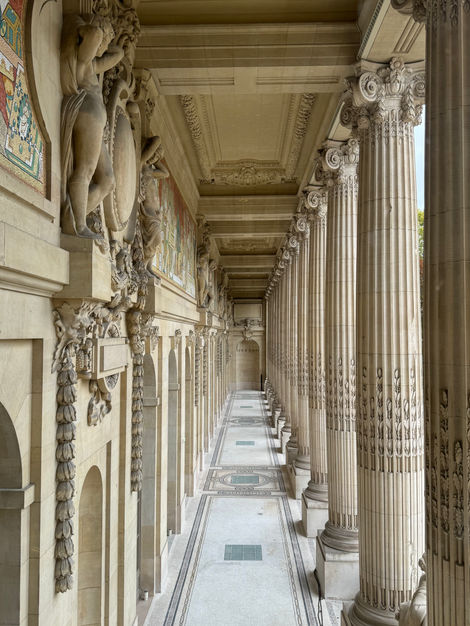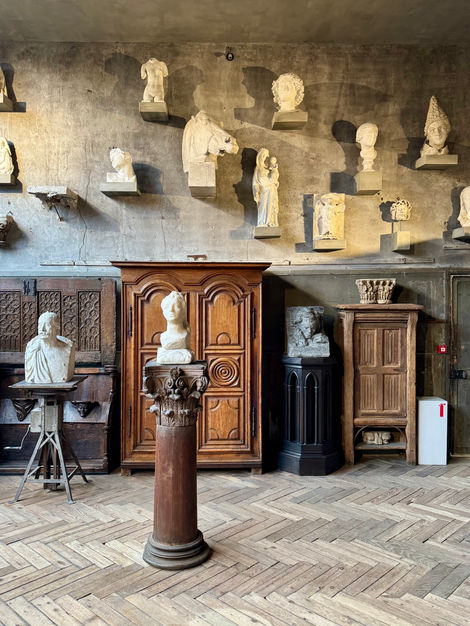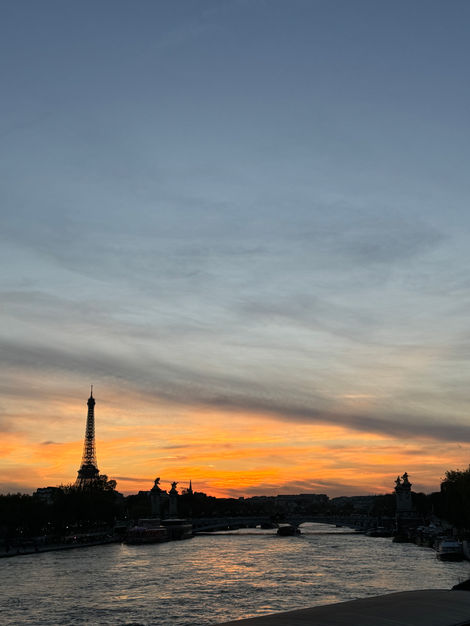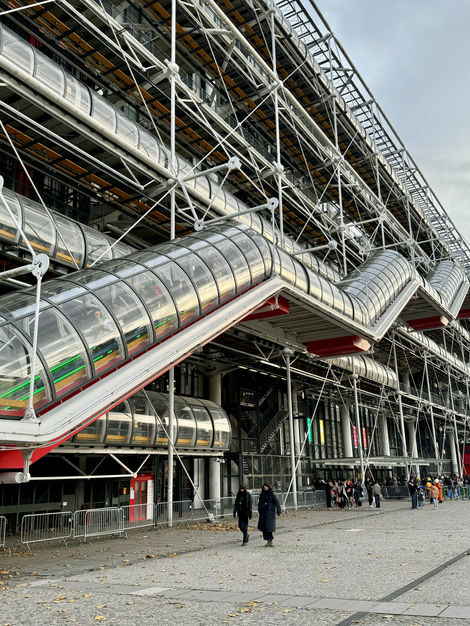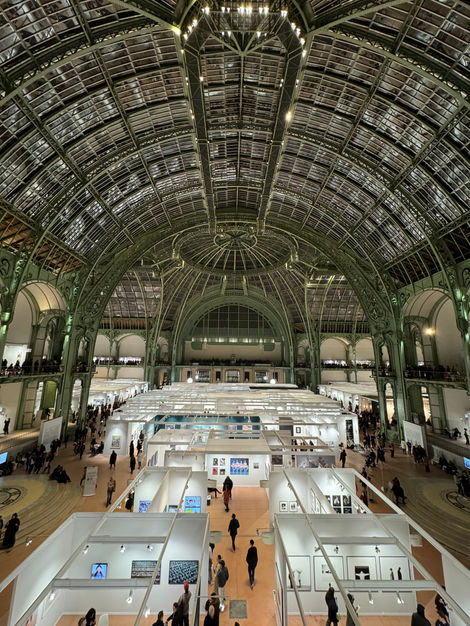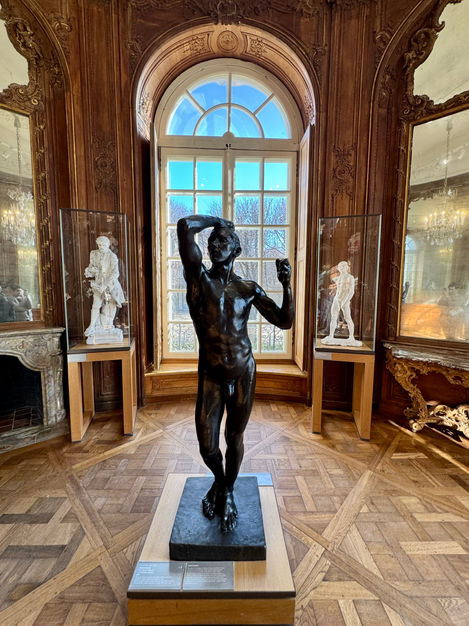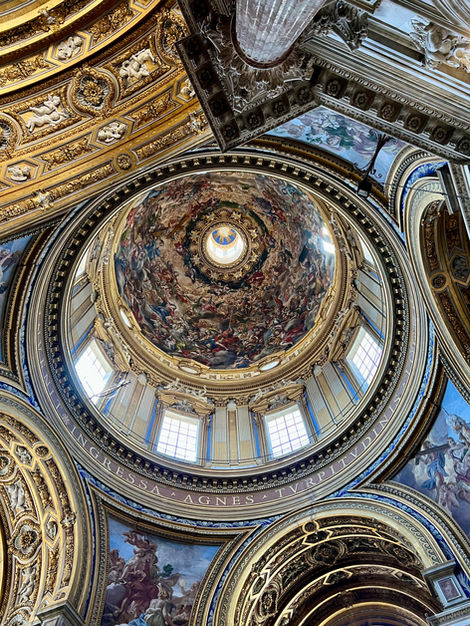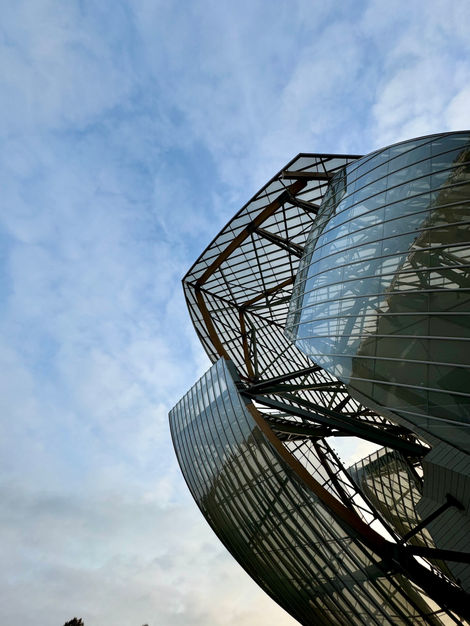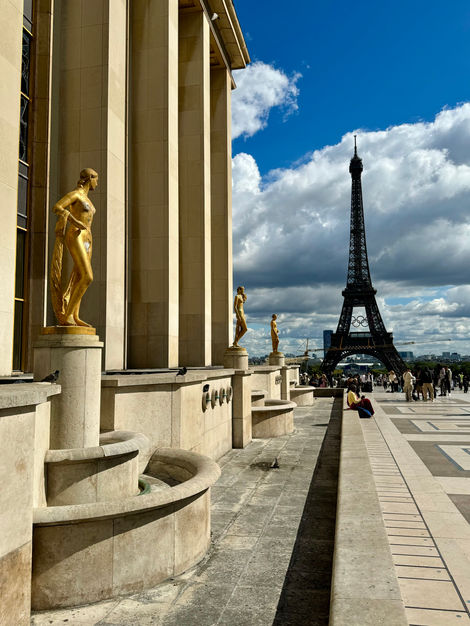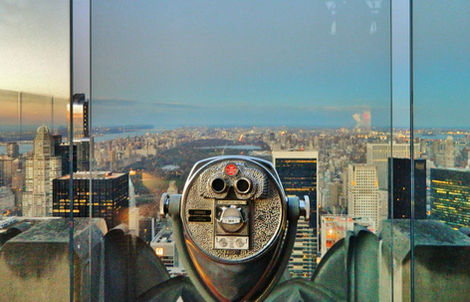Create Your First Project
Start adding your projects to your portfolio. Click on "Manage Projects" to get started
WHAT IS ART?
Location
Worldwide
Date
2011 - Ongoing
I recall my first desire to become an artist as early as the age of seven. While other kids dreamed of becoming doctors, firefighters, or police officers, I distinctly remember saying, "I want to be like Picasso." I still don’t know why I answered that way. In the 1990s, my only source of information was the Encarta Encyclopedia. Perhaps my father had mentioned his name, and I had memorized it. Little did I know about Picasso’s work or impact.
As I grew up, I would lock myself in my room for entire days to paint. Initially working in oil and canvas, later experimenting with acuarelas and photography, my artistic expression evolved with time. My exposure to the New York art scene played a fundamental role in shaping my perspective. Despite being immersed in the art world through social circles and volunteering at the Whitney Museum, I was struck by the contrasts I observed—between the narratives at renowned institutions, the works showcased in blue-chip galleries in Chelsea, and the raw talent emerging from art school studios. Traveling the world deepened this realization: some artworks spoke profoundly, while others felt like puzzles designed to obscure rather than reveal. It was as if I had become a detective, constantly deciphering the intentions of artists and curators alike.
Sometimes, art immediately captivates you. It moves you, challenges you, stays with you. Other times, it doesn’t. And that’s where my questions began.
I consider myself a humanitarian. I believe art should have a purpose—to leave a legacy, challenge perceptions, and reclaim narratives. Art should be beautiful, but beauty itself is subjective. What is undeniable, however, is the responsibility of art to serve society in some way. Yet, I’ve also seen how capitalism has exploited art’s subjectivity, transforming it into a product where meaning is secondary to marketability. As someone deeply connected to artistic expression, this realization leaves me speechless.
Every piece in this project is, to me, a work of art. Whether widely recognized or unfamiliar, each image serves as an entry point to an interaction I wish to provoke. WHAT IS ART? does not mock the works it presents—it questions the structures that dictate their value. It invites viewers to engage critically with what they see elsewhere and to rediscover the origins of art’s significance in society.
WHAT IS ART? embarks on a provocative journey designed to challenge the commodification and conceptual elitism that dominate today’s art world. Through collage and recontextualized photography, the project becomes a satirical commentary on how art has become an exclusive commodity, often detached from its foundational roles—educating, fostering connections, and preserving beauty’s relevance.
At the heart of this project lies a question: Has art lost its way? In an era where conceptual complexity often overrides emotional connection, and where galleries profit by cloaking works in esoteric meanings, art seems to have distanced itself from its power to reflect and shape society. By parodying this dynamic, the project critiques the abstraction and inaccessibility of modern art, calling attention to its departure from classical traditions, fostering meaningful societal conversations, documenting the craftsmanship of our time, and engaging viewers on a deep philosophical level.
The images in this project actively challenge the boundaries between high art and its ethical responsibilities, pointing to the absurdity of modern art’s conceptual labyrinth while encouraging a more inclusive and accessible conversation about creativity. By embracing diversity and amplifying marginalized voices, the project critiques the gatekeepers of artistic judgment, opening the space for new interpretations of what art could be—art that serves society rather than just the market.
WHAT IS ART? is not merely a critique but an invitation—an open dialogue on the evolving role of art in society. By challenging its commodification, the project seeks to reignite art’s ability to provoke, connect, and endure beyond market cycles. This work does not reject institutions; rather, it calls on them to remember their responsibility—to champion work that challenges, resonates, and ultimately serves a purpose beyond commercial success.
At its core, this project is about reclaiming art’s role as a profound cultural and philosophical force—one that is as meaningful as it is accessible, pushing boundaries with purpose rather than abstraction.



